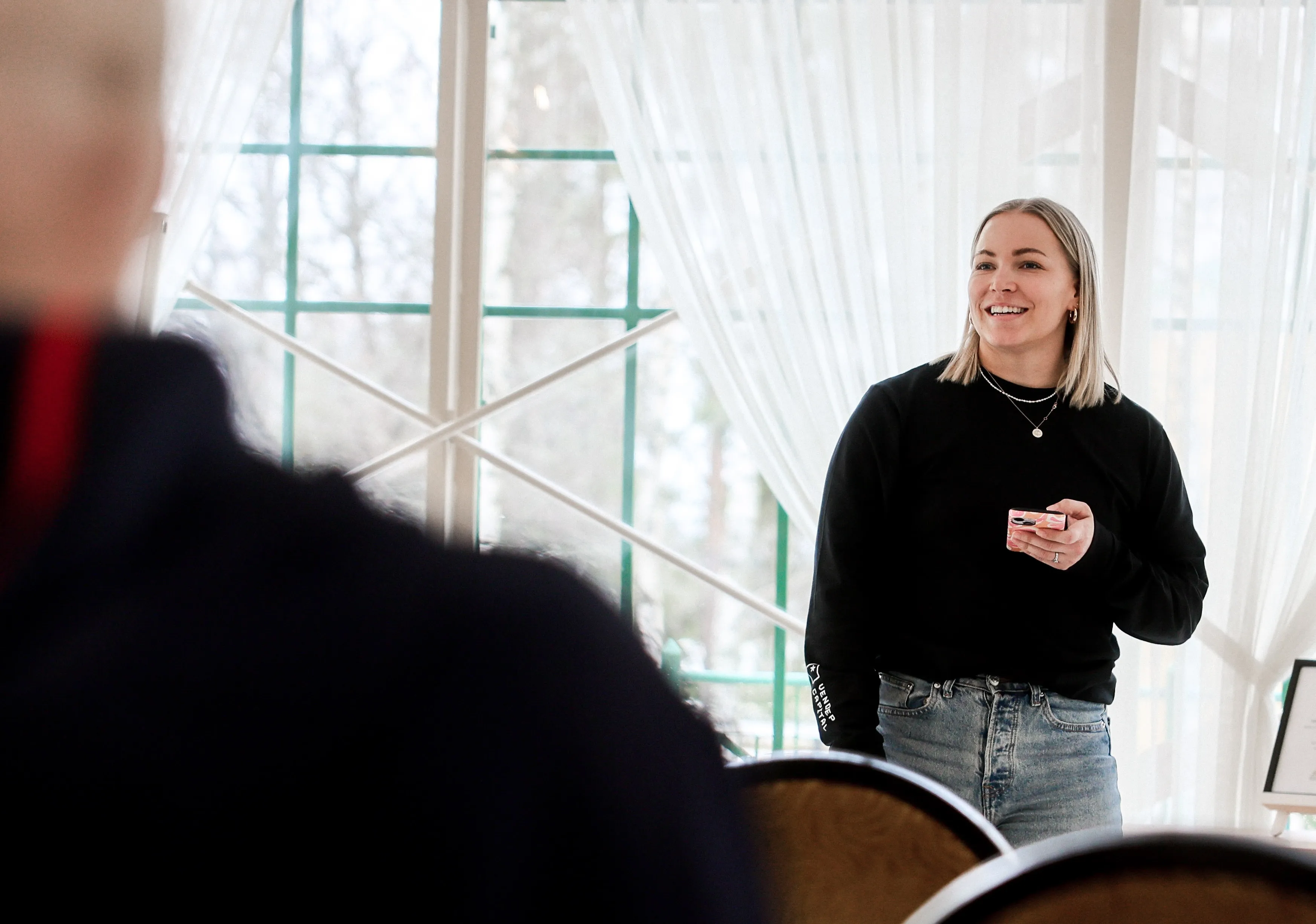In my last post, I explained the essential building blocks any founder needs for early PLG growth. Unfortunately, those building blocks are not problem-free. Gaining early success with PLG will bring a host of issues that founders need to be aware of and mitigate. I’ll highlight a few we encountered during Trustmary’s early PLG journey.
Unclear hypotheses
If you’re unsure about what you’re testing or how it should impact your business, stop and refine your idea. Unclear or vague hypotheses are “lottery ticket” experiments – you might win, but most of the time you’ll lose. These experiments will give you non-answers or worse, lead you down the wrong path. At the very least, you should answer these questions:
- What is the issue? (xx% conversion drop-off on sign-up page)
- What are you testing? (showing social proof at sign-up increases trust and hence conversion)
- How will you measure it? (increase in conversion vs control group/historical performance)
- When will you analyse results? (x days/weeks from start)
- How do you know if it succeeded? (significant conversion improvement for target ICP)
Not enough buy-in
If your entire company is not behind your shift to PLG, then you will encounter internal roadblocks and a lack of motivation that will derail it. Everyone must align around your product to have any chance of success. Ensuring you have the essential skill sets already in place will help you immensely with this issue (see the previous post).
Buy-in comes with a true understanding of the process. For example, your sales team should be ready for lower activity if you implement a free trial, as this will most likely eat into your demo requests. Or your support team may find themselves bombarded with tickets from users who have no intention of buying. These problems bring new opportunities (for example shifting to consultative sales, or building a robust knowledge base), but if your team has the wrong mindset, they’ll see them only as blockers.
Use common sense in experimentation
The key to good experimentation is testing frequently, following up on results, and testing only that which you expect to have an impact. Your main goal is to understand how your customers use and succeed with your product, and then how you can improve that process. Clear hypotheses will help immensely with this.
And make sure to trust in the process. At Trustmary, we conducted many of our experiments in two-week intervals and some of them moved the needle slightly. But those increments compounded over time and led to a far more solid product and a shorter time-to-value. So don’t get discouraged if 80% of your experiments fail (because most will).
Avoid silver-bullet thinking
Your feature development should be informed by data and backed up by results. Success for Trustmary was built over several months of continuous testing and feedback which resulted in incremental early stage growth - improvements in messaging, sign up flow, onboarding, pricing… All successful PLG models have similar building blocks, but are significantly different from one another because of their customer base. Focus on solving your customers’ problems in the most efficient way possible – that’s the real silver bullet.
If your PLG shift fails
PLG success is never a guarantee. You can avoid every pitfall, use all the building blocks at your disposal, and still fail. Mark Roberge from Stage 2 Capital hit it on the nail at SaaStr: “If you fail after trying to implement PLG, it might not be for you—but you still end up with an easy-to-adopt product.” When your whole team aligns around your product, it will be much stronger at the end. And that will be immensely helpful for your future (PLS/sales-led/other) growth.



.jpg)



.webp)
